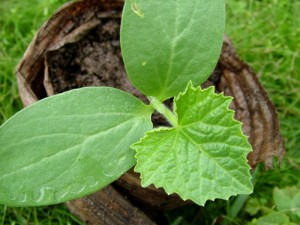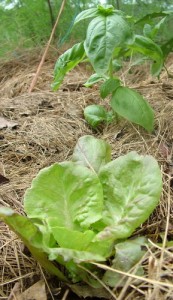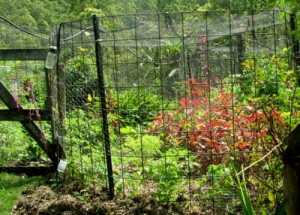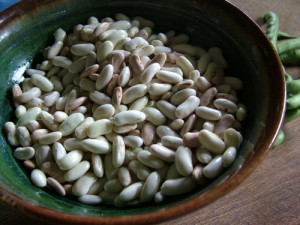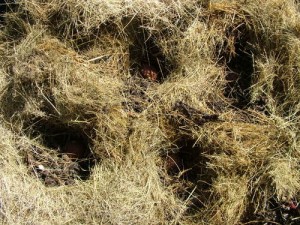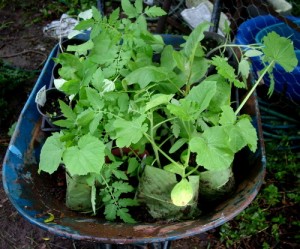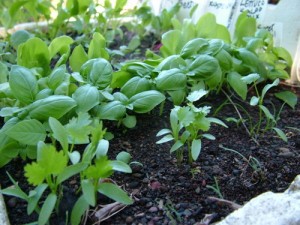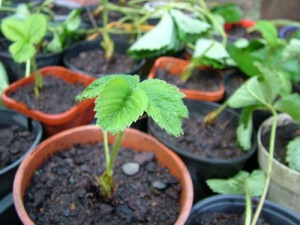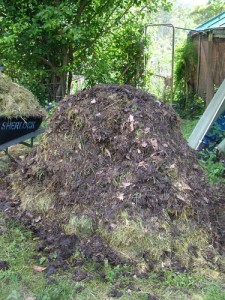This time of year is the risky season for fruiting annuals. If I plant things that are frost, or even cold tender now, even in sub-tropical northern NSW, I am betting on a late start to winter. If I plant things that need the cold weather (like broad beans) I am betting on an early start.
If I had just one pot to plant now, what would I be planting in it?
It’s past Lammas so the days are shortening fast now, telling potential bolters that winter is coming so going to seed now is a bad idea, and the best strategy is to store food to last through to spring.
One morning in 2000, I came out and every single seedling I’d planted the day before had been dug up. It was the beginning of the end for a style of gardening that had served me very well for over a decade.
This post is the basics of growing, storing and cooking beans. Beans are one of my real staples – super easy to grow, prolific, a good source of protein, soluble fiber, folate and a whole range of minerals, and the basis for a big range of recipes
The exciting crop this week though is potatoes. I plant potatoes in August and February. The autumn ones planted this time of year do much better than the August planted spring ones. Potatoes originated in the high country of the Peru Bolivia border area. They like cooler temperatures, especially cooler nights, than we get here in summer.
It’s an in-between season for fruiting annual seed planting – too late now to put in more seed of eggplants or capsicums, too early for peas or broad beans.
I germinate everything in the shadehouse this time of year. Big seeds like beans and zucchini, I plant straight into individual pots. But small seeds like the leafy greens are all planted in a mixture of sand and mowed cow pats then transplanted at the two leaf stage into individual pots.
I’m planting carrots, parsnips, spring onions, and beetroot, all by my standard method. The floods really knocked all my root crops around so I’m keen to get a new round in. However my main job this week is to refresh the strawberry patch.
I usually make several compost piles through the summer, when ingredients are most available and they mature fastest.
